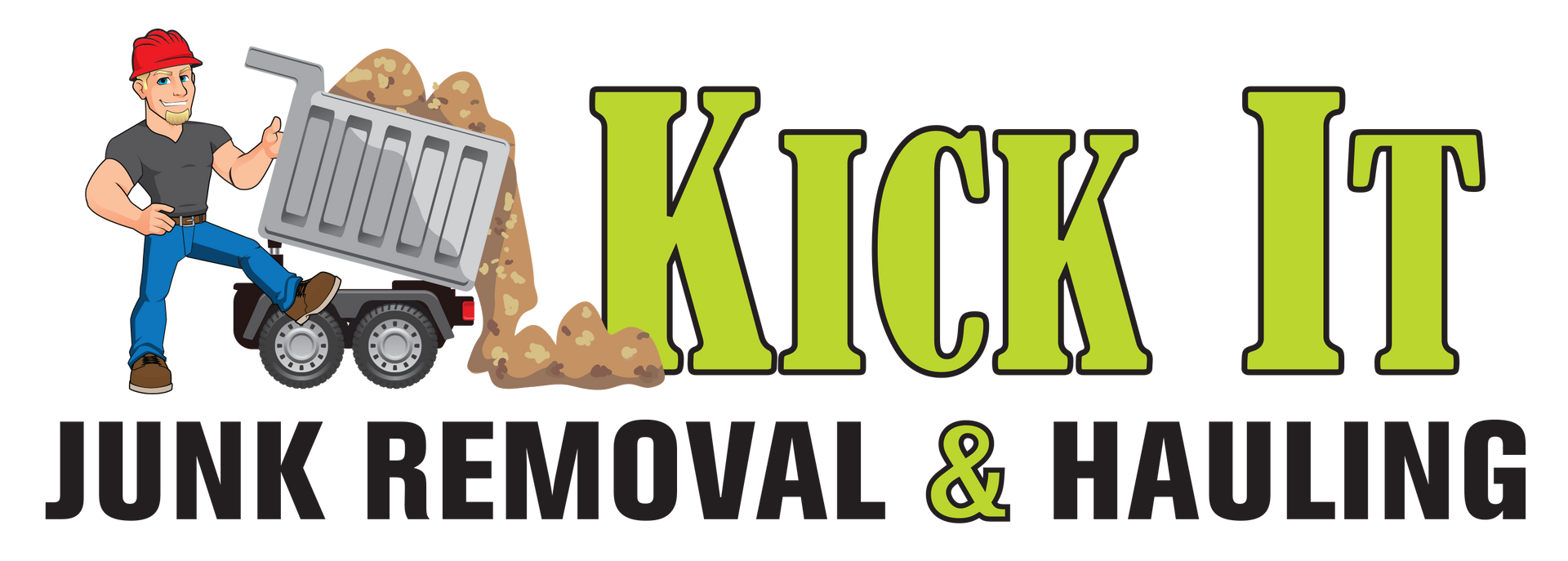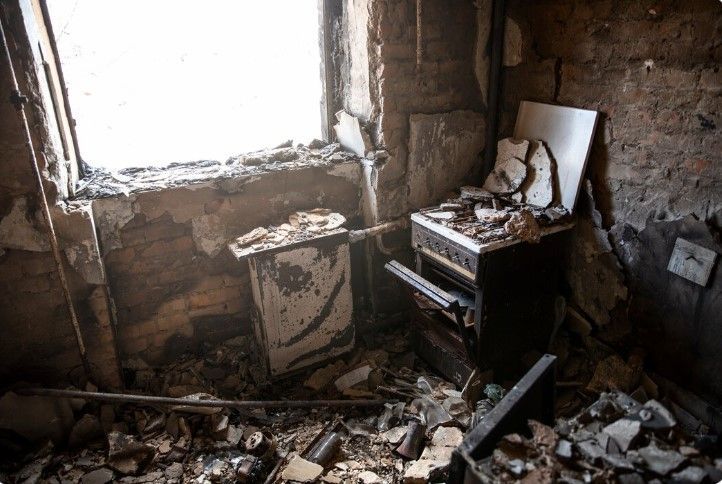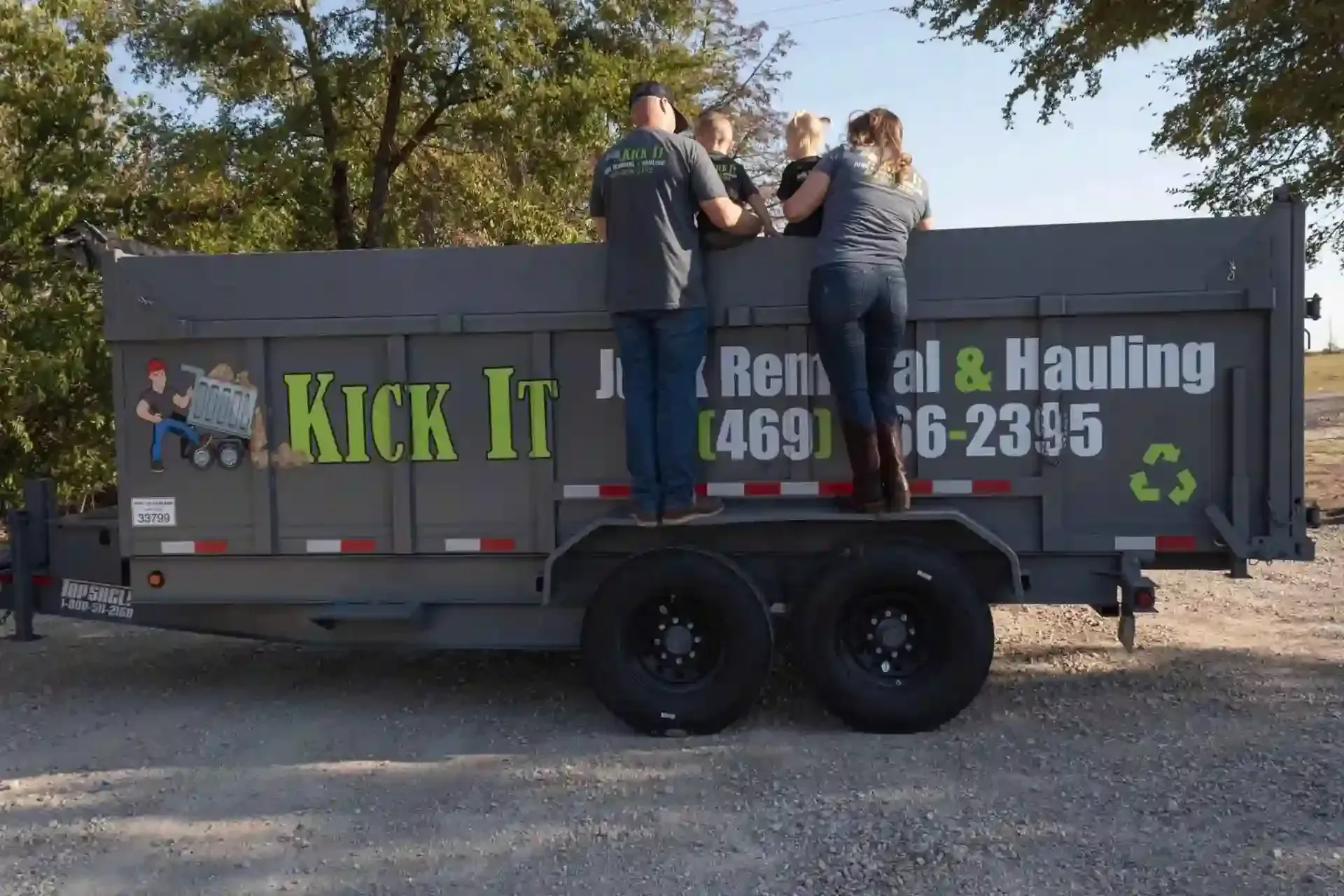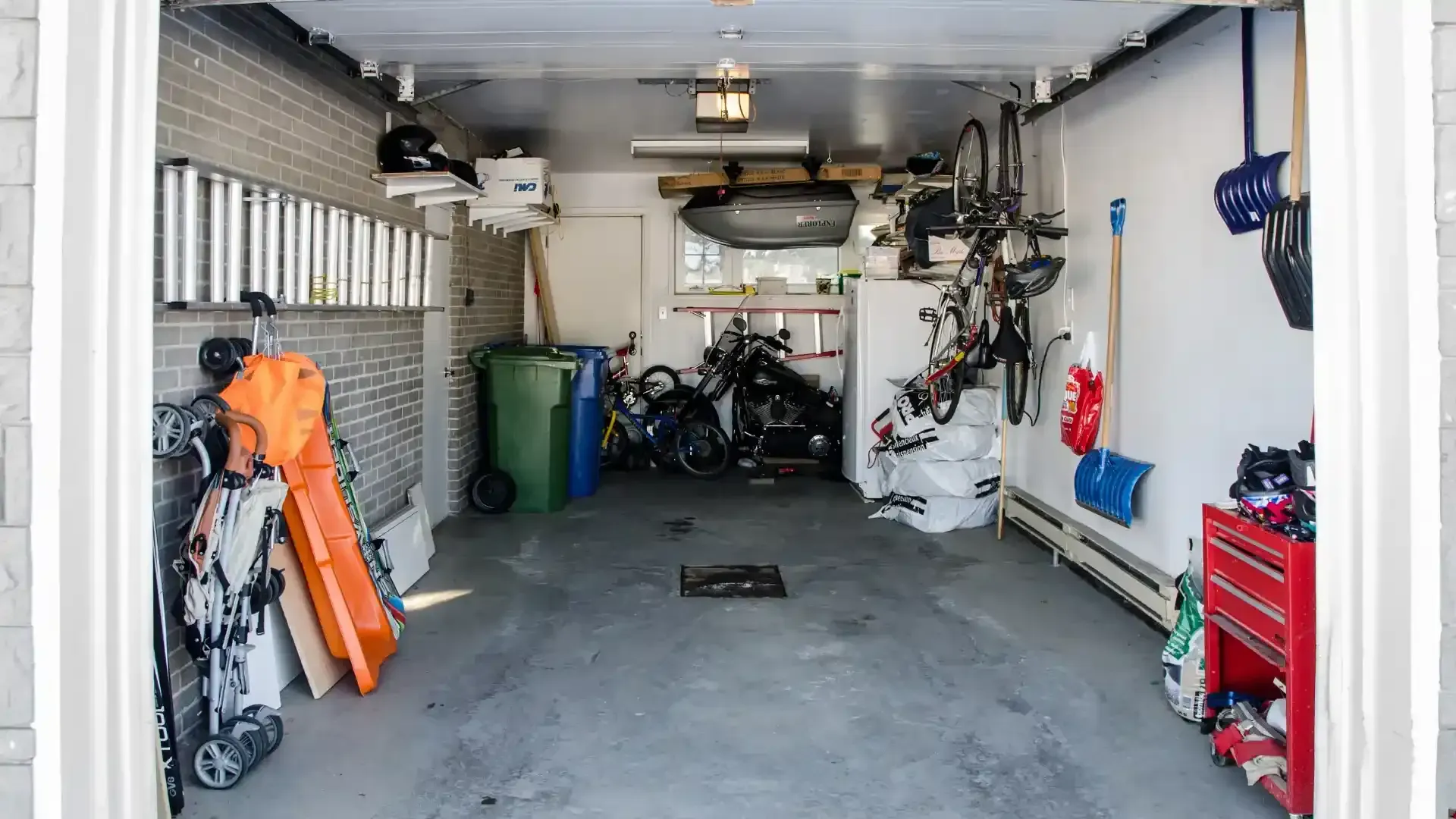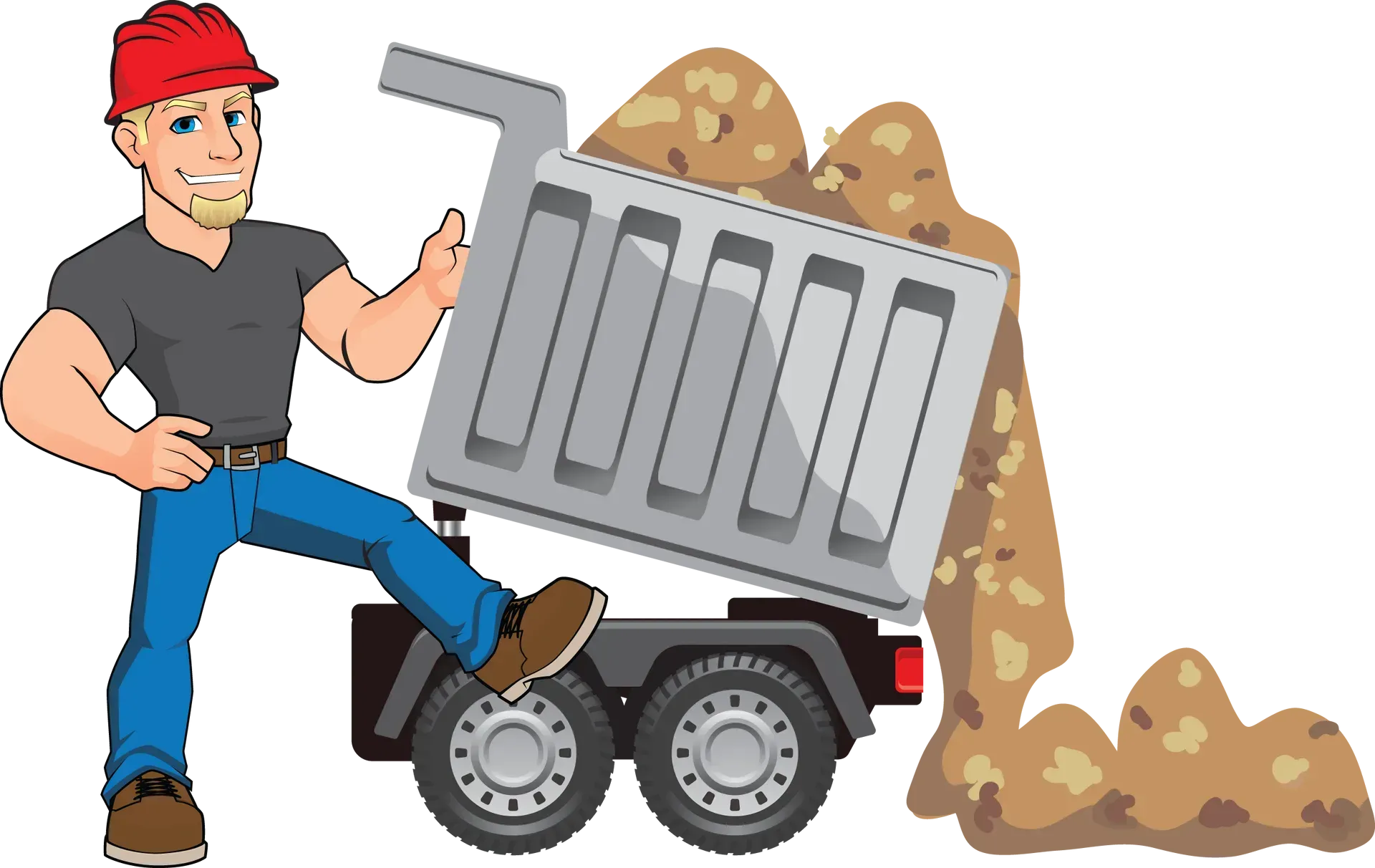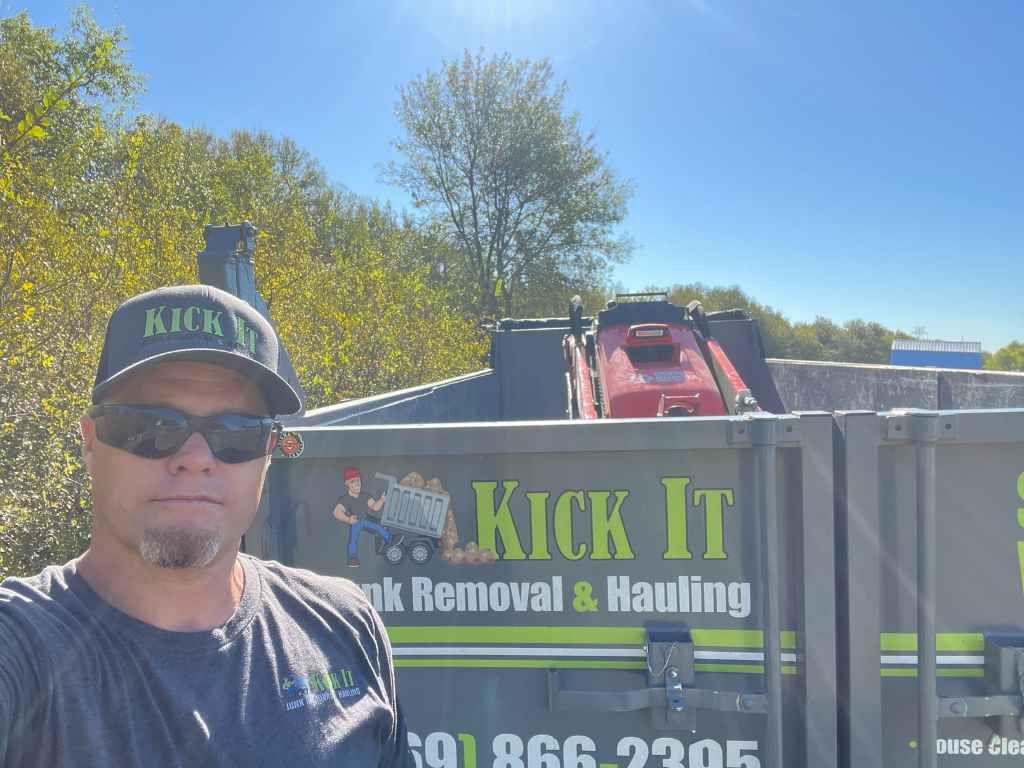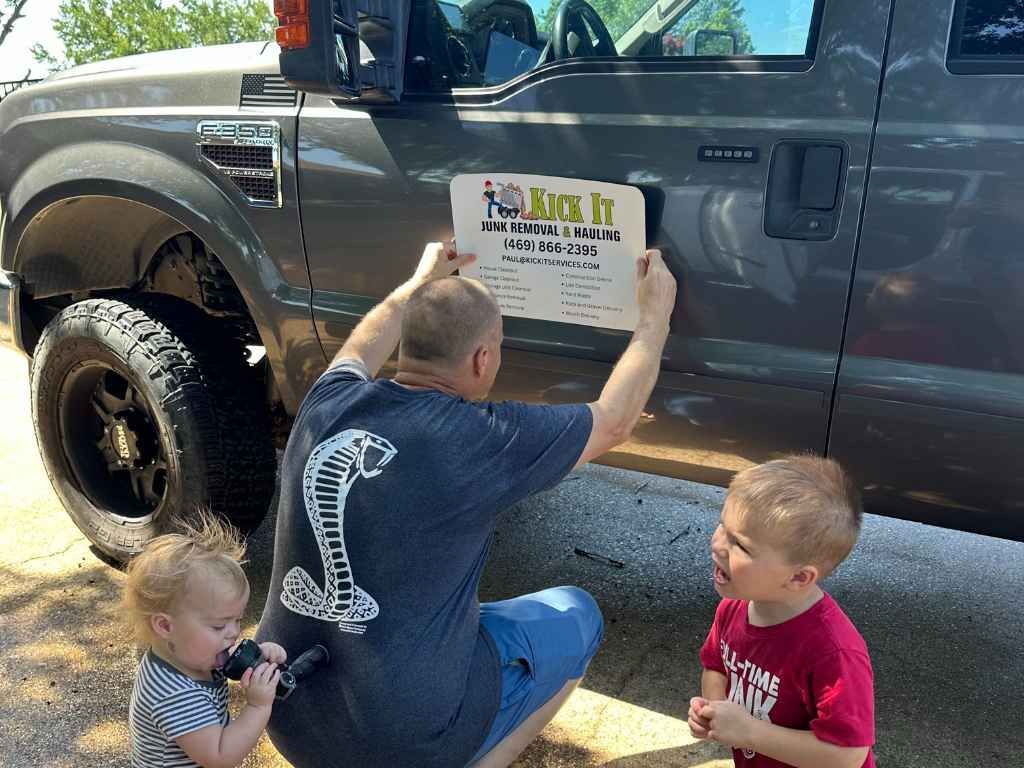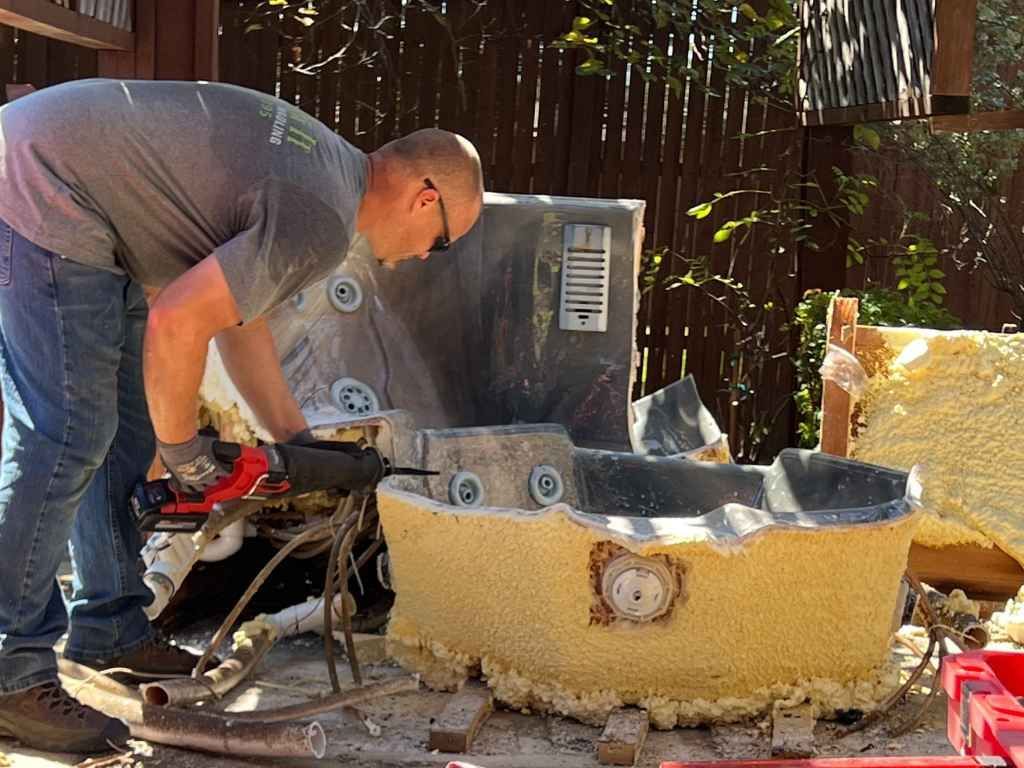What to Expect During Playset Removal and Cleanup
Playsets have been a staple of childhood enjoyment for generations, providing endless fun and memories for kids. However, as children grow older, these once-beloved structures can become outdated or even unsafe, requiring removal. Whether you're moving to a new location, redeveloping your backyard, or simply reclaiming space, removing a playset and ensuring the area is properly cleaned up can be a significant task. But fear not — the process doesn’t have to be overwhelming. Understanding what to expect during playset removal and cleanup can help make the transition easier and more efficient.
Understanding the Process of Playset Removal and Site Cleanup
When you decide to remove a playset from your yard, there’s more to the process than simply unscrewing bolts. The removal involves careful dismantling of the structure, including the removal of swings, slides, and other components. It requires specialized tools to safely handle metal, wood, or plastic playsets, and removing them from the ground can be a challenging task, especially if they are anchored with concrete or posts.
The Importance of Professional Playset Removal
Attempting to dismantle and remove a playset without professional help can lead to frustration, safety risks, and, in some cases, property damage. While it may seem straightforward at first glance, playset removal involves more than just unscrewing bolts and cutting ropes. In fact, it often requires specialized knowledge, tools, and equipment to handle the task safely and efficiently. Here are the key aspects to consider:
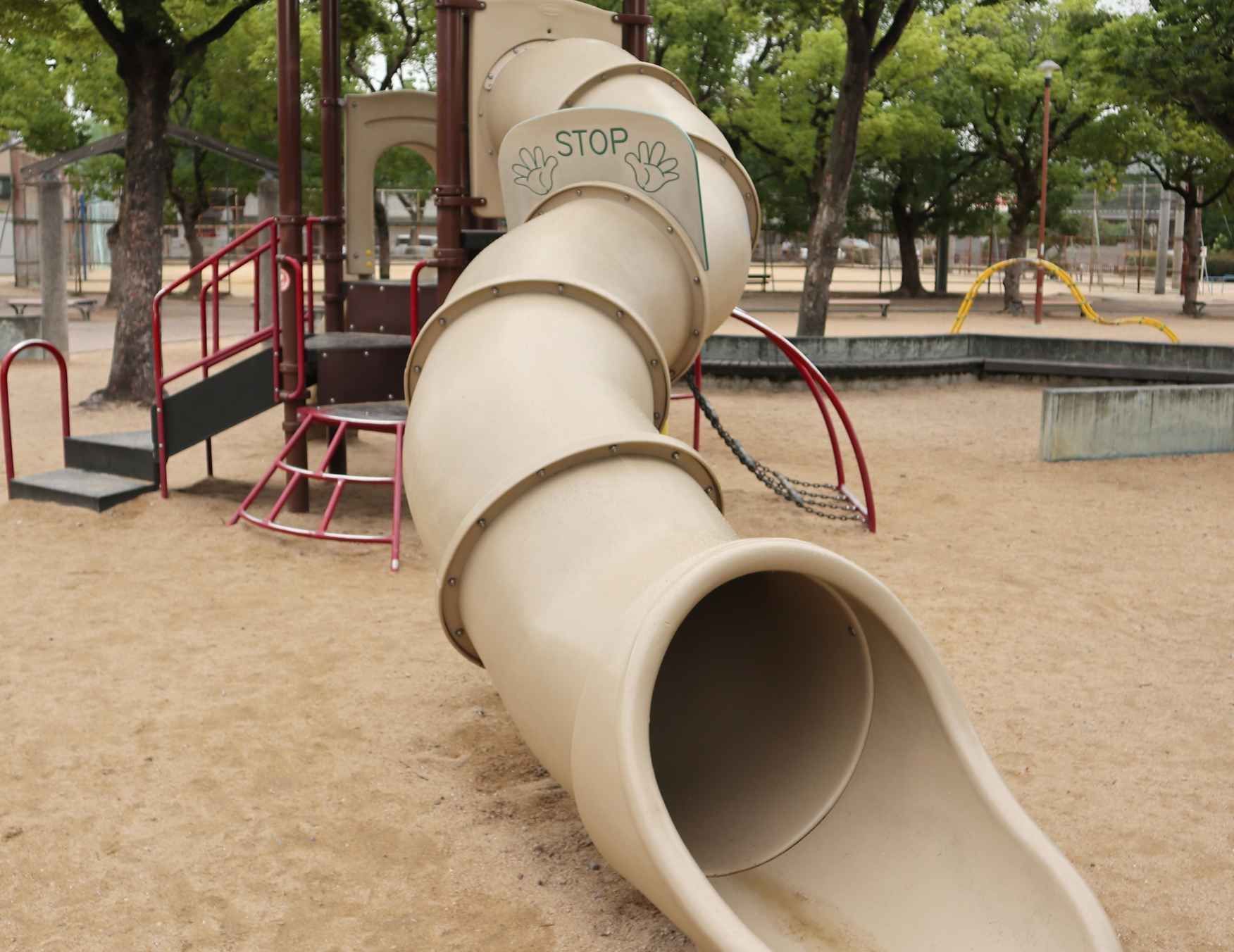
Assessing the Playset
Before any work begins, the first step is assessing the playset. This initial evaluation involves checking the materials the structure is made from, its overall condition, and how it was installed. Many playsets are built from heavy-duty wood, metal, or a combination of both, making them substantial and sometimes difficult to dismantle. The evaluation also considers how securely the playset is anchored to the ground, whether by concrete, screws, or deep-set posts.
The type of playset also influences the removal process. For example, wooden playsets may have more nails and bolts, which require careful removal, while metal playsets can present their own challenges due to rust, sharp edges, or corrosion. Playsets installed into the ground may involve digging to remove posts and concrete footings, which adds a level of complexity to the task.
Preparing for the Job
Once the playset’s condition is assessed, the preparation stage begins. Professional playset removal services will typically arrive with all the necessary tools and safety gear. This includes saws, drills, wrenches, and even machinery like mini excavators if large posts or concrete are involved. The professionals will also take precautions to ensure that the surrounding area remains safe and protected. If the playset is located near fences, landscaping, or other structures, extra care will be taken to avoid damaging these features.
Depending on the planet's size, the removal process can take anywhere from a couple of hours to a full day. Homeowners should be prepared for the work to take time and should communicate clearly with the removal team about any specific concerns or requests.
Dismantling the Playset
The dismantling process is methodical and requires skillful handling of tools to ensure each piece is safely removed. In most cases, the playset will be taken apart in stages:
- Removing Accessories – This includes swings, slides, ropes, and ladders. These parts are often easier to remove and are typically done first.
- Dismantling the Structure – The next step involves disassembling the frame, whether it’s wooden or metal. For wooden playsets, professionals will typically remove screws and nails while carefully avoiding splintering the wood. For metal playsets, rust or corrosion may need to be dealt with, and this can add extra time to the process.
- Removing Anchors – Playsets that are anchored to the ground with posts or concrete footings require more intensive work. If the structure has concrete footings, a small excavator may be used to dig them out, ensuring that no debris or leftover concrete is left behind.
Site Cleanup
Once the playset has been completely removed, it’s time to focus on cleanup. Playset removal can leave behind a variety of materials, including dirt, debris, nails, screws, and remnants of concrete or other anchoring materials. Proper cleanup is essential to ensure that the area is safe, clean, and ready for whatever comes next—whether it's a garden, a new structure, or simply a fresh, open space.
- Leveling the Ground – After the removal of concrete footings and posts, the ground may need to be leveled. This ensures that the area is smooth and even, ready for future landscaping or construction projects. Soil might need to be added, and the area may need to be compacted for better stability.
- Disposal of Materials – Playsets, especially large ones, can be composed of many materials that must be disposed of properly. Whether it’s wooden planks, metal parts, or plastic components, a professional service will ensure that all materials are either recycled or disposed of in an environmentally responsible manner.
- Post-Removal Inspection – After cleanup, the area will be thoroughly inspected for any remaining debris, sharp objects, or hazardous materials. Any nails, screws, or leftover materials will be carefully collected to prevent accidents.
The Environmental Impact of Playset Removal
When it comes to playset removal, one of the most important factors to consider is the environmental impact. Many playsets are made of wood, metal, or plastic, and improper disposal can contribute to pollution and waste. However, working with a reputable playset removal service can ensure that the materials are disposed of properly.
Professional companies will often work with local recycling centers or donation programs to repurpose usable wood and metal.
For example, wood from a playset may be repurposed for use in other projects, or metal parts may be melted down and reused. Additionally, some components, such as slides or swings, might still be in good condition and can be donated to schools or community centers that could benefit from them.
Properly handling the disposal of these materials not only helps reduce waste but also contributes to sustainability efforts. By choosing a service that prioritizes eco-friendly practices, homeowners can rest assured that their playset removal won't leave a negative environmental footprint.
Handling the Site After Removal
Once the playset has been fully removed and the area cleaned up, it’s important to think about what comes next. Some homeowners may opt to leave the space empty, while others may want to transform it into a new feature for their yard.
- Landscaping – The area where the playset once stood can be transformed into a new landscaped area. Whether it’s creating a garden, planting grass, or laying down a new patio, the space can be revitalized to fit the homeowner’s vision.
- New Construction – For those planning to install a new playset or another structure, the area must be prepared for construction. This could involve re-leveling the ground, adding new anchors, or simply ensuring that the area is clear of debris.
- Natural Restoration – In some cases, homeowners may simply want to return the area to a natural state. This can involve removing any leftover equipment, leveling the ground, and planting grass or other vegetation to restore the area to its natural beauty.
Costs and Considerations
The cost of playset removal varies depending on several factors, including the size and type of playset, the complexity of the removal, and the location of the structure. Some companies may offer free estimates to help homeowners understand the costs upfront.
It’s important to keep in mind that while professional playset removal services may cost more than DIY removal, they provide the benefit of expertise, equipment, and insurance coverage. Professional removal services also save time and energy, as well as reduce the risk of injury and property damage.
Key Steps in Playset Removal and Post-Cleanup Preparation
The process of playset removal starts with a thorough assessment of the structure’s materials and condition. A professional team will evaluate the playset’s components, checking if it's built from wood, metal, or a combination of both. With the proper tools, they will dismantle the playset in a systematic way, starting with accessories and working through the frame and anchoring system. This ensures that every piece is safely removed without damage to the surrounding area.
Once dismantled, the cleanup phase begins, which is crucial for maintaining a safe environment. The removal team will clear the site of debris, nails, and any leftover material, ensuring that the ground is level and free from hazards. Whether you want to repurpose the space for a new playset or landscaping, this thorough cleanup helps prepare the area for whatever comes next, ensuring the site is safe and usable for future projects.
Conclusion
Removing a playset from your yard involves more than just unscrewing a few bolts and calling it a day. It’s a multifaceted process that requires expertise, careful planning, and the right equipment to ensure that the structure is safely dismantled and the area is properly cleaned. From assessing the playset’s condition to ensuring that all materials are disposed of responsibly, professional playset removal services offer peace of mind and save you time and effort.
Whether you’re looking to reclaim space in your yard, repurpose the materials, or prepare the site for new construction, hiring a reliable, experienced removal service is the key to ensuring the job is done safely and efficiently.
For more information on playset removal and cleanup, contact Kick It Junk Removal & Hauling at 469-866-2395 or via email at Paul@kickitservices.com. They offer professional and eco-friendly playset removal services in Forney, Texas, and the surrounding areas, ensuring your space is left clean and ready for whatever you have planned next.
